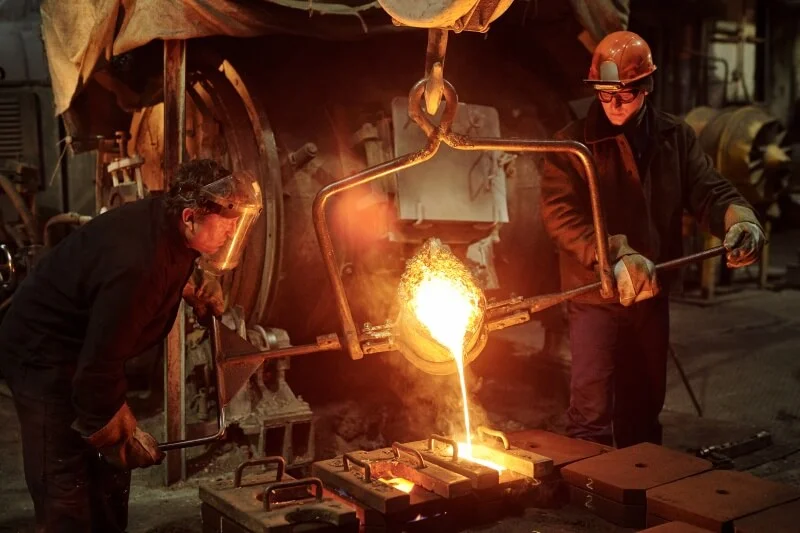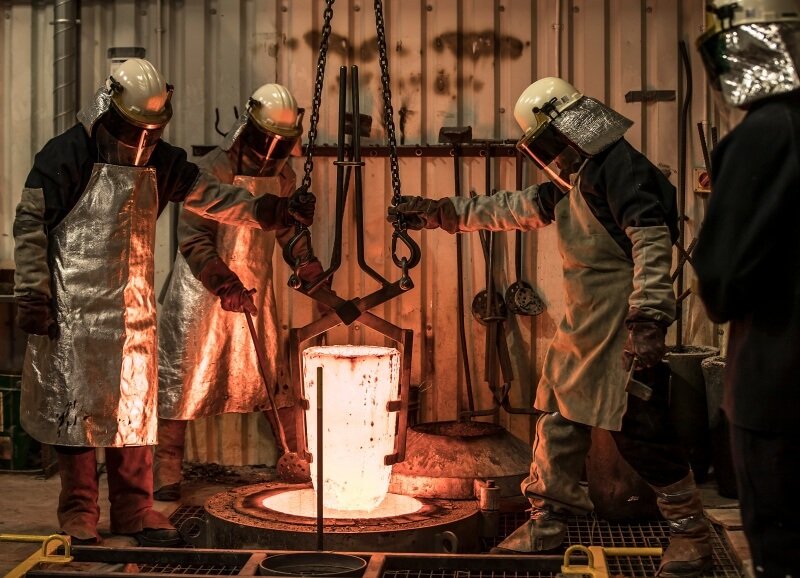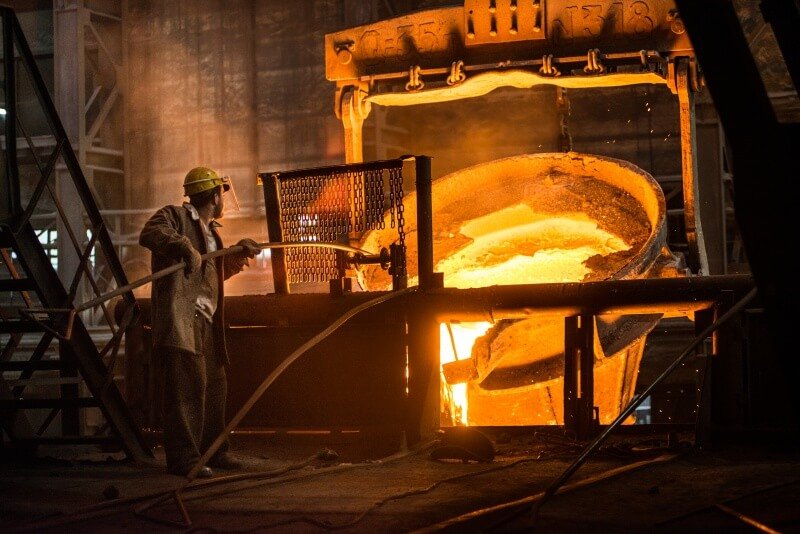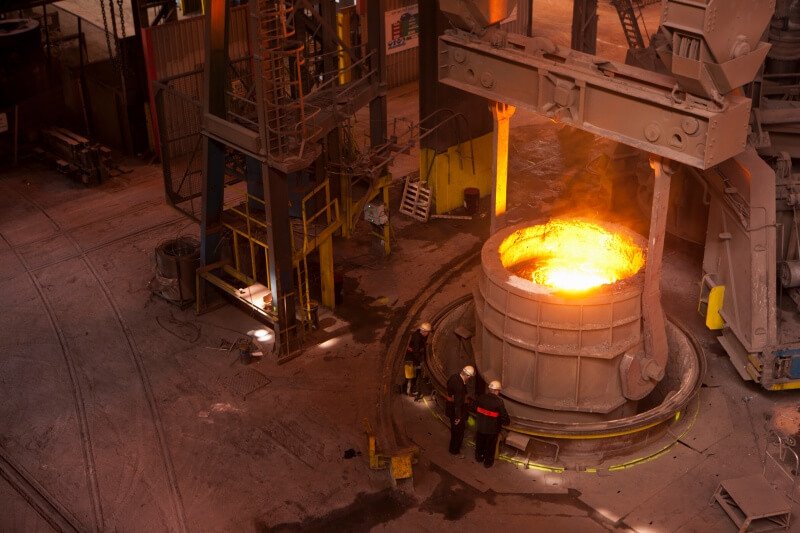You’ve committed to aluminium alloy die casting, but the next hurdle is selecting the right alloy—a single choice that drives process stability, cycle time, and in-service performance. Pick poorly and you invite production-stopping defects or premature field failures from corrosion, eroding budgets and credibility. This guide cuts through the noise, mapping the key alloy characteristics that matter in aluminium alloy die casting so you can match mechanical loads, environments, and finishing needs with confidence—and get the part right the first time.
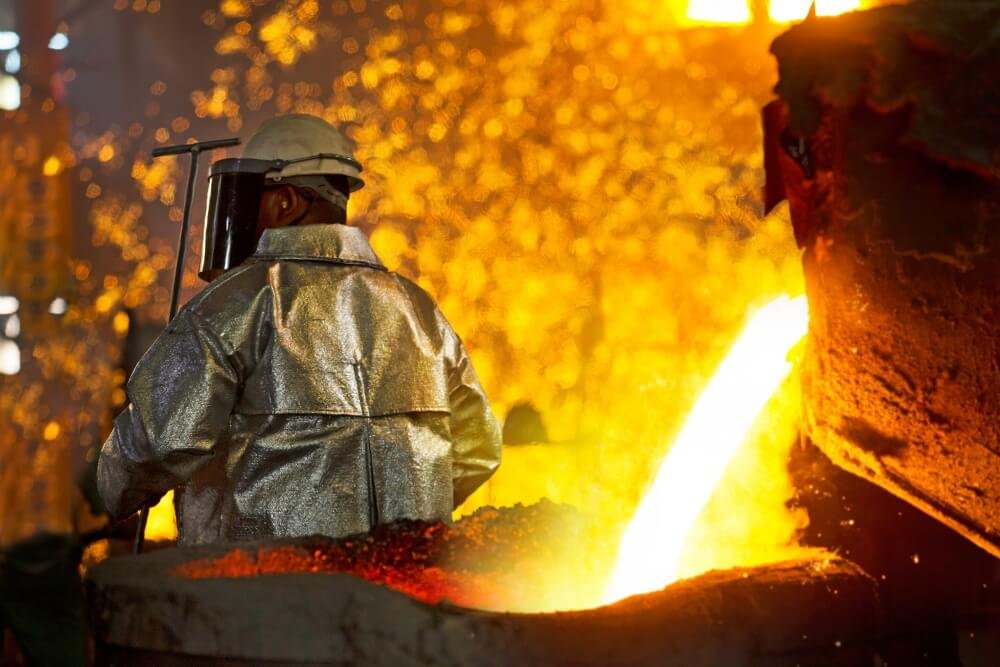
How to start with aluminium alloy die casting?
What is the first step in the process?
Your first step is to assess your project’s specific requirements before you even think about alloys. You need to define the mechanical loads the part will endure, its operating environment, and any necessary secondary finishing. The bottom line is this… a clear definition of your project’s needs will guide your material selection from the very beginning.
How does alloy choice affect the casting?
The alloy you select directly impacts the manufacturing process itself. Some alloys flow more easily into complex molds, while others are more prone to defects that can slow down production and increase costs. You might be wondering… how to balance this, and the key is understanding that castability affects tooling life, cycle times, and defect rates.
Why is an informed choice necessary?
An uninformed choice can lead to a part that fails in the field, even if it was cast perfectly. Final product properties like strength, durability, and corrosion resistance are determined entirely by the alloy. But what does that mean for you? It means the material must match the application, or you risk costly redesigns and warranty claims down the road.
| Decision Factor | Impact on Process | Impact on Product |
|---|---|---|
| Alloy Selection | Ease of casting, defect rate | Strength, durability, corrosion resistance |
| Project Needs | Determines required properties | Dictates final application suitability |
| Cost | Tooling life, cycle times | Material cost, need for post-processing |
A well-informed alloy decision at the start prevents costly errors in production and ensures the final part meets performance expectations.
Key aluminium alloy die casting process factors?
What is hot cracking in casting?
Hot cracking, or solidification cracking, is a common defect where tears appear on a part’s surface as it cools and shrinks. This happens when thermally-induced stress builds up in the material before it has fully solidified and gained strength. Here’s the deal… certain aluminum alloys are more susceptible to this issue than others.
How does die soldering affect production?
Die soldering occurs when molten aluminum chemically bonds to the steel die, making part ejection difficult. This can damage both your part and the expensive die, leading to production downtime and increased maintenance costs. Choosing an alloy with high anti-soldering properties is a direct way to combat this issue.
Which alloys minimize these defects?
Alloys like A380, A360, and 383 are known for their excellent resistance to hot cracking. The bottom line is this… these alloys are formulated to have a solidification range that reduces internal stresses. For die soldering, alloys with lower iron content may be more prone, but process controls are also a major factor.
| Process Defect | Description | Best Alloy Characteristic |
|---|---|---|
| Hot Cracking | Tears form during solidification | Excellent resistance to hot cracking |
| Die Soldering | Cast part sticks to the die | High anti-soldering properties |
Selecting an alloy with good resistance to hot cracking and die soldering, like A380 or A360, is critical for efficient, high-volume production.
Aluminium alloy die casting product factors?
What affects final part strength?
The final strength of your part is a combination of the alloy’s inherent mechanical properties, including tensile strength, ductility, and hardness. These attributes are fundamental and will dictate how your component performs under physical stress. The point is… you must match these properties to the real-world forces your part will face.
How does corrosion resistance influence the part?
Corrosion resistance determines how well your product will survive in its intended environment, especially outdoors or in marine applications. Aluminum is naturally resistant, but this property varies considerably from one alloy to another. But what does that mean for you? A high-corrosion environment demands an alloy specifically designed for it, like A360 or 518.
Why is wear resistance a key consideration?
For parts subjected to constant friction, like pistons or cylinders, wear resistance is a primary concern. This property, often tied to the material’s hardness, dictates the component’s operational lifespan. You might be wondering… which alloys excel here, and the answer often lies in high-silicon options like B390.
| Product Property | Importance | Recommended Alloy Trait |
|---|---|---|
| Corrosion Resistance | For parts in harsh environments | Excellent rating (e.g., A360, 518) |
| Wear Resistance | For parts with high friction | High hardness (e.g., B390) |
| Machinability | For parts needing secondary shaping | Excellent rating (e.g., 518) |
The end-use of your product must dictate your alloy choice, balancing mechanical needs like strength against environmental factors like corrosion.
What is A380 aluminium alloy die casting?
What are its primary properties?
A380 is praised for its excellent combination of castability, mechanical properties, and thermal conductivity. It offers good strength and hardness, making it a reliable choice for a wide array of applications. The bottom line is this… it’s a balanced, all-around performer.
Why is it the most common alloy?
It’s the workhorse of the die casting industry because it provides the best combination of utility and cost-effectiveness. A380 is easy to cast, produces parts with good mechanical properties, and is readily available. This makes it a go-to for many high-volume production runs.
When should you avoid using A380?
You should look for an alternative if your product requires high ductility or will be exposed to a corrosive environment. A380’s corrosion resistance is only fair, so it may not be suitable for marine or outdoor applications without a protective coating.
| A380 Property | Rating | Best Use Case |
|---|---|---|
| Resistance to Hot Cracking | Very Good | General-purpose, intricate parts |
| Corrosion Resistance | Fair | Indoor or protected environments |
| Cost-Effectiveness | Excellent | High-volume production |
A380 is the go-to alloy for a balance of cost, castability, and mechanical properties, but it’s not ideal for high-corrosion or high-ductility applications.
Why use A360 aluminium alloy die casting?
How does it resist corrosion better?
A360 contains less copper than A380, which gives it superior corrosion resistance. This compositional difference makes it an excellent choice for products that will face harsh environmental conditions. Here’s the deal… it provides a level of durability that A380 cannot match in wet or salty air.
What are the challenges in casting A360?
While it offers better resistance properties, A360 is generally considered more difficult to cast than A380. Its fluidity is lower, which can make it challenging to fill very thin or intricate sections of a die. However, an experienced die caster can overcome these challenges.
Is A360 right for industrial use?
Yes, absolutely. We recommend A360 for most industrial applications where performance and longevity are paramount. Its excellent pressure tightness and corrosion resistance make it ideal for parts like instrument cases, irrigation components, and marine hardware.
| A360 Feature | Comparison to A380 | Ideal Application |
|---|---|---|
| Corrosion Resistance | Superior | Marine parts, outdoor equipment |
| Castability | More Difficult | Projects where durability is primary |
| Pressure Tightness | Excellent | Fluid or gas-containing housings |
Choose A360 over A380 when superior corrosion resistance is non-negotiable, even if it presents a greater casting challenge.
Is 383 aluminium alloy die casting for you?
What are its main characteristics?
Alloy 383, also known as ADC12, is specifically formulated to provide excellent die-filling capabilities. It’s an ideal choice when you are creating components with intricate details or thin walls. The bottom line is this… it offers superior fluidity during the casting process.
How does it compare to A380?
It shares many properties with A380 but offers better resistance to hot cracking. This makes 383 a slightly more forgiving alloy for producing complex parts that might be prone to defects with A380. It still maintains good mechanical strength and machinability.
What are its common applications?
You will find 383 used in a variety of products where intricate shapes are needed. Common examples include engine brackets, electronic equipment housings, power tools, and household appliances. Its ability to fill complex dies makes it a versatile choice.
| Alloy 383 Property | Advantage | Common Use |
|---|---|---|
| Die Filling | Excellent | Complex, thin-walled parts |
| Resistance to Hot Cracking | Excellent | High-yield production runs |
| Machinability | Very Good | Parts requiring post-cast shaping |
Select 383 (ADC12) when you need to create intricate parts that require better die-filling capabilities than what A380 offers.
When use A413 aluminium alloy die casting?
What makes A413 unique?
A413 is a eutectic alloy, which means it melts and solidifies at a single temperature. This characteristic gives it exceptional fluidity and casting characteristics. Here’s the deal… this makes it perfect for parts that must be completely free of leaks.
How does its fluidity help casting?
Its outstanding fluidity allows it to fill the most intricate die cavities with ease, resulting in excellent pressure tightness. This property is paramount for components that need to contain liquids or gases under pressure. A413 ensures a solid, leak-proof structure.
What are ideal uses for this alloy?
This alloy is the premier choice for applications where pressure tightness is the main requirement. Think of parts like outboard motor pistons, hydraulic cylinders, and housings for dental or street lighting equipment. But what does that mean for you? If your part can’t leak, A413 is your alloy.
| A413 Property | Benefit | Example Application |
|---|---|---|
| Pressure Tightness | Prevents leaks under pressure | Outboard motor pistons |
| Fluidity | Fills intricate die cavities easily | Dental equipment housings |
| Corrosion Resistance | Excellent | Street lamp housings |
A413 is the premier choice for castings that require excellent pressure tightness, such as housings for liquids or gases.
Does B390 aluminium alloy die casting work?
What is its standout feature?
B390’s standout feature is its extremely high silicon content. This composition gives the alloy very high hardness and excellent wear resistance. The bottom line is this… it’s designed for parts that experience significant friction and abrasion.
How does it perform in wear resistance?
It offers the best wear resistance of any common die casting alloy. The hard silicon particles distributed throughout the aluminum matrix provide a durable surface that holds up to intense rubbing and sliding contact. This directly translates to a longer operational life for the component.
What are B390’s typical applications?
You’ll find B390 used in high-friction environments, particularly within internal combustion engines. Common applications include pistons, cylinder blocks, and brake components. It’s a specialized alloy for when durability against wear is the number one priority.
| B390 Feature | Primary Benefit | Typical Application |
|---|---|---|
| High Wear Resistance | Extreme durability against friction | Engine pistons, blocks, cylinders |
| High Hardness | Retains shape under stress | Brake cylinders, manifolds |
| Strength at Temp | Good performance in hot environments | Internal combustion engine parts |
B390 is the specialist alloy for applications where high wear resistance is the most critical requirement, such as in internal combustion engines.
Why try 518 aluminium alloy die casting?
What are 518’s finishing benefits?
Alloy 518 is renowned for its excellent finishing characteristics. It responds exceptionally well to anodizing, creating a clear, protective, and aesthetically pleasing finish. Here’s the deal… if your part needs to look good and resist corrosion, 518 is a top contender.
How does its machinability rate?
Its machinability is rated as excellent. This means that after casting, the part can be easily and precisely shaped with CNC machines or other tools. This is a huge advantage for components that require tight tolerances or complex secondary features.
When is 518 the best choice?
You should choose 518 when your product demands a combination of superior corrosion resistance, excellent machinability, and a high-quality surface finish. It is ideal for marine hardware, architectural components, and conveyor parts. The bottom line is this… it excels where aesthetics and durability meet.
| 518 Property | Advantage | Best For |
|---|---|---|
| Anodizing & Finishing | Excellent aesthetic and protective finish | Architectural castings, marine hardware |
| Machinability | Excellent | Parts needing extensive post-machining |
| Corrosion Resistance | Excellent | Products exposed to harsh elements |
Alloy 518 is unmatched when the final product requires superior surface finishing, excellent corrosion resistance, and high machinability.
Post-cast aluminium alloy die casting tips?
What are common surface treatments?
Common surface treatments for die cast parts include anodizing, powder coating, painting, and polishing. These processes are used to improve corrosion resistance, enhance appearance, or add a specific color. The point is… the right finish can add immense value to your product.
How does anodizing work on alloys?
Anodizing is an electrochemical process that creates a durable, corrosion-resistant oxide layer on the aluminum’s surface. Not all alloys anodize equally well; some produce a more decorative and protective layer than others. Alloy 518, for instance, is known for its excellent response to anodizing.
Which alloys are best for machining?
Alloys with an “excellent” or “very good” machinability rating, like 518 and 383, are the best choices. These materials produce clean cuts and don’t cause excessive tool wear, making post-cast shaping faster and more cost-effective. You might be wondering… why this matters, and it directly impacts the cost of your final part.
| Post-Cast Process | Best Alloy Characteristic | Recommended Alloy(s) |
|---|---|---|
| Anodizing | Excellent Anodizing rating | 518 |
| Machining | Excellent Machinability rating | 518 |
| Powder Coating | Good surface adhesion | A380, 383, A360 |
Your choice of alloy directly impacts the feasibility and quality of post-casting processes like surface treatments and machining.
You no longer need to navigate the complexities of alloy selection alone. By understanding the core differences in castability, corrosion resistance, and final strength, you are now equipped to make a choice that aligns perfectly with your project’s goals. The bottom line is this… selecting the right material is the foundation of a successful product. At Precisionvast, we provide expert partnership in aluminium alloy die casting to ensure your components are optimized for both performance and manufacturability. Let us help you get it right from the start. [Request Your Free Quote Today!]
Our mission is to be your most trusted manufacturing partner, delivering precision-engineered components that drive your business forward with uncompromising quality and reliability.
Frequently Asked Questions (FAQ)
- Q: What’s the best all-around aluminum alloy for die casting? A: A380 is the most versatile choice. It provides a great balance of cost, mechanical properties, and ease of casting, making it suitable for a wide variety of general-purpose applications.
- Q: Can I improve the corrosion resistance of an alloy like A380? A: Yes, you absolutely can. Applying a surface treatment like powder coating or painting is an effective way to create a protective barrier that shields the part from corrosive elements.
- Q: Is a harder-to-cast alloy always more expensive? A: Not in the long term. While an alloy like A360 might present more challenges during casting, its superior inherent corrosion resistance can eliminate the need for secondary finishing processes, potentially lowering the total part cost.
- Q: What alloy should I use for parts that need a decorative finish? A: Alloy 518 is the perfect selection. It is renowned for its excellent finishing characteristics, including its ability to be polished to a high luster and to take anodizing exceptionally well.
- Q: If my part will experience a lot of friction, what should I pick? A: B390 is your best option. Its high silicon content gives it outstanding wear resistance, making it the ideal choice for components that endure constant friction, such as engine pistons and cylinders.

